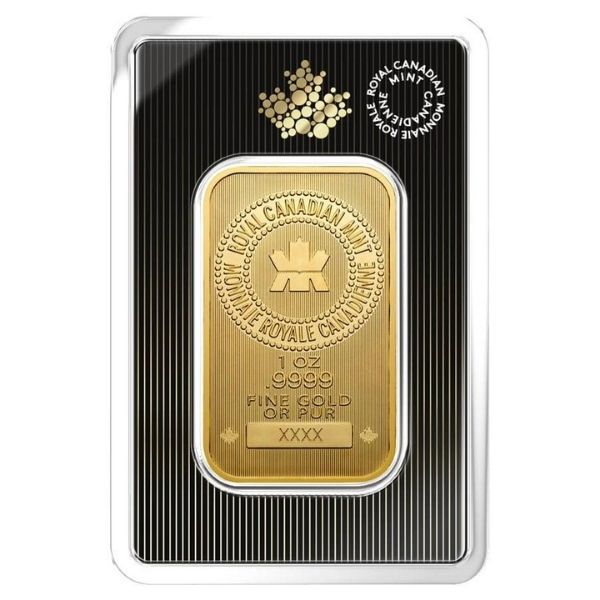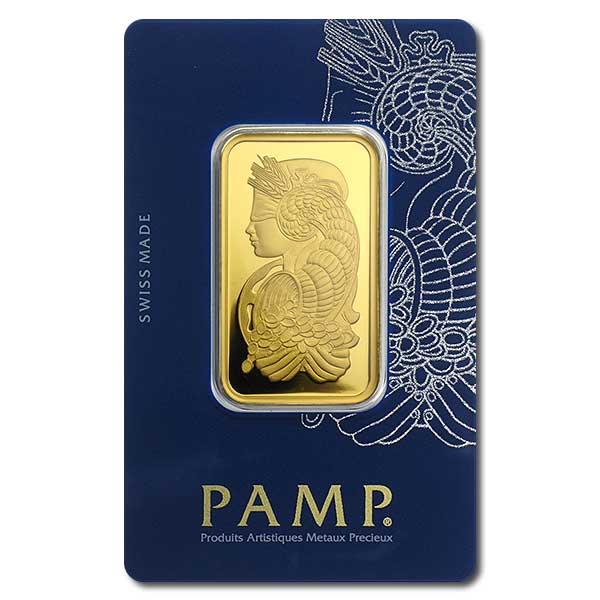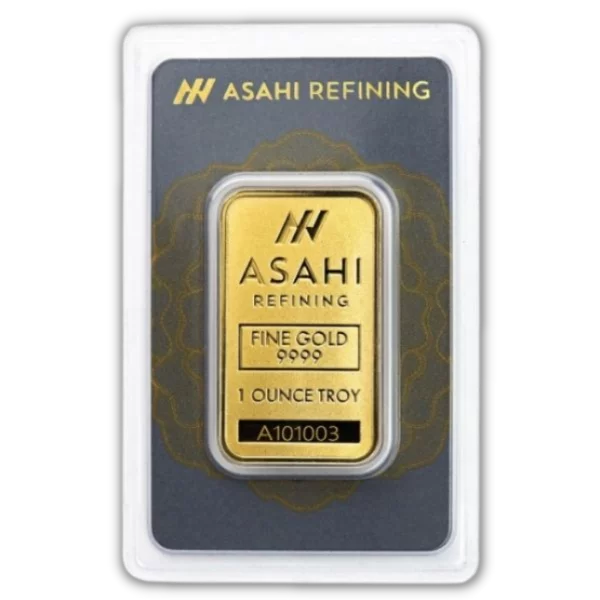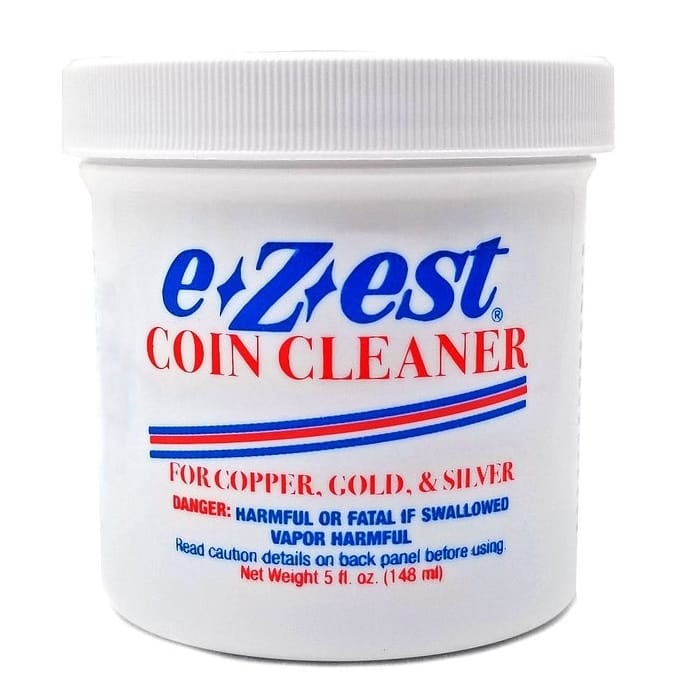Buying and Selling Gold Bars – Frequently Asked Questions (FAQs)

At a Glance:
-
- Gold bars are a popular way to invest in low premium gold bullion.
- Investing in gold bars for the first time can be complicated – but it doesn’t have to be.
- On this page, we’re answering some of the most frequently asked questions about gold bars.
Frequently Asked Questions About Buying and Selling Gold Bars
Buying a new gold bar for the first time can be difficult. Complicated terms and lingo can make investing in gold stressful. It doesn’t have to be that way. We’ve sold – and bought – thousands of gold products. This page is a collection of all of the most frequently asked questions we receive about buying, selling, and storing gold bars.
In general, buying gold bars should be easy. As long as you have a way to pay for, store, and eventually sell your gold bar, these products can be a fantastic investment. Below, we’ll cover the most frequently asked questions about buying and selling gold bars, as well as proper gold bar storage and security.
Gold Bars Basics – Frequently Asked Questions (FAQs)
To new investors, buying gold bars seems like an impossible goal. For decades, only the ultra-wealthy traded quality gold bars. But in 2024, gold bars are an accessible way for nearly any investor to start stacking genuine gold bullion. Low premiums and classic, instantly recognizable designs make gold bars one of the most affordable ways to invest in gold bullion.
Let’s take a look at some of the most common questions new investors have about the basics of trading gold bullion bars.
What is a Gold Bar?
A gold bar is a trapezoidal-shaped product made with pure gold. Until around 1986, gold bars were cast in the shape of rectangles. Since then, most bars take on the classic look that investors are familiar with. Gold bars offer the highest average purity of any gold product; it’s hard to find bars that are minted with a purity of less than 99.99 percent.
Gold bars are traded like any other gold product, but they often come with considerably lower premiums than gold coins. The cost of producing a gold bar is lower than for a coin, so they’re almost always cheaper to buy. It’s a common misconception that gold bars are only made in large weights. Gold bars are sometimes minted in weights as small as 1 gram, making them a great choice for investors working on a small budget.
How Are Gold Bars Different From Coins?
The biggest difference between gold bars and gold coins is their shape. Gold coins are shaped like small circles, but bars are trapezoidal. Another difference between gold coins and bars is the type of mint that produces them. Coins can only be manufactured by sovereign mints run by a government, but bars can be minted either publicly or privately. Private mints have more freedom in the types of designs they include on gold products, making privately minted bars a unique way to invest in gold.
Who Creates Gold Bars?
The mints of the world fall into two main categories: private and sovereign. Gold bars can be minted either by private or sovereign mints. A sovereign mint is one run by a national government, and private mints are run by individual citizens or corporations. Because gold bars can be produced by any type of mint, they offer investors a greater variety when it comes to designs, sizes, and shapes.
Some private mints even produce creatively shaped gold bars, such as gold stars and statues!
How Big Are Gold Bars?
Gold bars can be very large, very small – and everything in between. The largest gold bar usually available to retail investors is the 1 kilo gold bar. Some gold bars are extremely small, such as 1 gram. Buying small gold bars can help investors save money while buying genuine gold, but they also come with higher percentage premiums compared to large gold bars.

The cheapest way to buy a gold bar is to think big. The larger the gold bar, the less money investors can expect to pay in premiums.
Where Can You Buy Gold Bars?
You can buy gold bars from multiple sources, including mints, individuals, and bullion dealers. Pawn shops and other local retailers often sell gold bars, and buying locally can be a good way to snag a deal when searching for unique or rare gold bullion bars. Online dealers are another great option; they offer extensive inventories, cheap shipping, and competitive prices. Wherever you choose to buy your gold bars, make sure to compare prices and time your investment. Smart investors often try to “buy the dip,” which means that they purchase gold when prices are lowest.
Are Gold Bars Illegal to Own?
Gold bars are not illegal to own. For about 40 years in the 1900s, it was illegal to hoard gold in the United States. Gold possession beyond a small personal quantity was prohibited by law under Executive Order 6102. This law was repealed in 1974. Today, it is completely legal to own gold bars. Gold prohibition scares are a common myth in the precious metals market, but let us assure you: nobody is going to take your gold bars.
How Can You Tell if Gold is Real?
There are several ways to test if gold is real. Since gold’s density is unique among metals, determining the precise weight and dimensions of a gold bar is a good way to verify that it contains real gold. Serial numbers can also verify that a gold bar is legitimate. Most gold bars come with a unique, individualized serial number. A missing, scratched out, or fake serial number can be a dead giveaway that you have a fake gold bar on your hands. When in doubt, verify a gold bar’s authenticity by consulting a professional. The mint behind a gold bar can usually determine whether your bar is real or fake.

What Are Gold Premiums?
Gold premiums are small fees tacked onto the total cost of gold products. Premiums vary based on market conditions, as well as the size and type of a given gold item. It is not possible to buy gold for its gold melt value alone. Every gold product comes with a premium, regardless of the type of product we’re talking about. Usually, premiums are determined at checkout and added to the total price of a gold bar or coin.
How Can You Buy Low Premium Gold?
Buying gold bars is a good way to save on premiums. Gold bars cost less to produce than gold coins, so they’re often sold at lower premiums. Some gold bars may come with higher-than-average premiums, especially if they’re rare, beautiful, or especially popular. The size of your investment is an important factor in determining premium costs. Premiums tend to be higher for small gold bars than for larger ones. Buying big gold bars is one of the best ways to find low premium gold.
Are Gold Bars a Good Investment?
Gold bars are a great investment, but these pricey products aren’t for everyone. Gold bars excel for investors who want to save money on precious metal premiums. Gold coins are exceptionally in-demand, beautiful, and expensive to produce. As a result, gold coins come with some of the highest premiums in the precious metals industry. Gold bars, on the other hand, often come with simple designs and are inexpensive to manufacture. This makes gold bars a good investment for stackers who want to save money.
What is the Best Way to Buy Gold?
The best way to buy gold depends on your investment preferences and personal tastes. Gold bars are the best option for investors who want to save money, but gold coins are more collectable and offer numismatic value. We recommend gold bars for IRA investors, low budget stackers, and any other investor whose main concern is saving money on premiums.

Selling Gold Bars – Frequently Asked Questions
Selling gold bars is another topic we receive quite a few questions about. Hero Bullion buys gold bars and coins. We aren’t the only dealer with a buyback program, either. Selling gold back to gold dealers can be a good way to take the hassle out of liquidating your gold collection.
How Do You Sell Gold Bars?
You can sell gold bars to individuals, bullion dealers, pawn shops, and other online marketplaces. To minimize the risk of getting scammed, we recommend doing business with industry-recognized precious metal dealers like Hero Bullion. If your gold bar arrived in an Assay Card or another certification package, be sure to keep it in its original packaging.
The resale value of a gold bar depends on three main factors: gold content and weight, condition, and beauty. Exceptionally pure gold bars with beautiful designs are usually worth quite a bit more than worn and weathered old bars. Be sure to get a professional valuation of your gold bar before agreeing to a price with a buyer.
Who Buys Gold Bars?
Gold dealers often offer “buyback” programs. When you sell to an established gold dealer, you’ll negotiate a price based on the nature of your bar and the current spot price of gold. We recommend showing your gold bars to a few different buyers before settling on a sale price. Local pawn shops also buy gold bars, but they’ll almost always offer less than the bar is worth. Selling gold bars to individuals is a common way to liquidate gold, but investors who choose this route should take precautions to avoid getting scammed.
When is the Best Time to Sell Gold Bars?
The age-old advice of investing rings true for gold bars: buy low and sell high. Of course, that’s easier said than done. Try to buy gold bars when prices are low (AKA: the dip) and sell them when prices are high (the peak). Gold bars work best as a long-term investment. While the gold market can be volatile, price appreciation typically happens over a long period of time. We recommend holding onto your gold bars for years before choosing to sell.
Does Hero Bullion Buy Gold?
Hero Bullion buys gold, silver, and all other precious metals. When you sell to us, we’ll help you lock-in a guaranteed sale price based on the current melt value of your gold bar, as well as its condition, popularity, and beauty. Our sales team works hard to give investors the best deal possible for the gold bars we buy.

How Can You Avoid Scams When Selling Gold?
Gold is one of the biggest tools on the planet for scammers. If a deal looks too good to be true, it probably is. If you buy or sell gold from an individual, try to meet them at a secure location like in front of a police station. Always keep a log of the monetary amounts you buy and sell gold for – you’ll need this when you file your taxes.
When you buy gold, make sure to verify its authenticity. Buying gold from established online or local retailers should be easy. Online dealers carefully vet their gold bars for authenticity before selling them. Individual buyers may not be so diligent. Consider asking for an Assay Card if you’re buying a new gold bar, and always make sure that your bar features any applicable security features or serial numbers.
Gold Bar Security – Frequently Asked Questions
Gold bars are commonly counterfeited. We receive quite a few questions about how to stay safe and avoid buying fake gold bars. To spot a fake bar, pay careful attention to its designs and the serial number it features. Serial numbers aren’t the only way to verify that a gold bar is genuine, but they can give you clues about who might have produced it.
What Security Features Do Gold Bars Have?
Gold bars don’t usually have the complex security features you’ll find on coins like the Gold Britannia. However, certain gold bars can include one – or many – security features to help you feel more safe with your purchase. In particular, look out for a serial number on your gold bars. Most bars feature a serial number, which is a small number used to identify that specific bar. If you have a serial number, that’s a good sign that your bar is probably produced by a reputable mint.
Look for any deviations in your bar’s design from how the gold bar is supposed to look. Gold bars with strange designs that don’t look right may be counterfeit
What is a Gold Bar Serial Number – And What Does it Do?
A serial number is a small series of digits used to identify a gold bar. Serial numbers are a helpful deterrent to theft. If a serialized gold bar is stolen and the thief tries to sell it, authorities will know that the bar has been stolen. Watch out for gold bars with scratched-off serial numbers. Anyone trying to remove a serial number from a gold bar before selling it is probably up to no good!
Serial numbers aren’t a surefire way to ensure that a gold bar is authentic. Serial numbers can be etched into fake gold bars, and it’s tough to verify that a serial number was added by a bar’s manufacturer – and not a malicious third party. If you’re questioning the authenticity of your gold bar, we recommend reaching out to an expert. Otherwise, at-home tests may help you verify that your gold bar is, indeed, made of gold.
Are Gold Bar Serial Numbers Mandatory?
Gold manufacturers are not required by law to add serial numbers to gold bars. However, it’s an industry standard practice to include serial numbers on most larger gold bars. Extremely small gold bars often don’t have serial numbers, as etching digits into such a tiny product would be costly and time consuming. Some states have laws prohibiting the sale of non-serialized gold, but this is rare. Serial numbers can be a good way to protect your investment against theft, but non-serialized gold bars are still safe when you do business with a reputable dealer.
How Can You Spot Fake Gold Bars?
The only way to verify a gold bar with 100% accuracy is to consult an expert. Gold dealers and mints may be able to verify the authenticity of a gold bar, but some of these services cost money. It is possible to test gold at home, but these methods aren’t completely foolproof, and investors should be careful to avoid damaging their gold bars while testing them. The best way to avoid fake gold bars is to only buy from reputable, respected gold dealers.
What is an Assay Card?
Assay cards are small packages that verify the authenticity, gold content, and serial number of a gold bar. Not all gold bars are sold with an Assay card, and not all mints use this method of authentication. If your gold bar comes with an Assay card, be sure to keep it inside of its package until you’re ready to sell. Assay cards simplify the selling process by guaranteeing that your gold bar is real gold.

Fake Assay cards are an increasingly widespread way for counterfeiters to scam gold investors. Luckily, counterfeit assay cards are pretty easy to spot. If you want to verify that you haven’t received a fake Assay card, cross-reference the exact details of your bar’s package against the ones produced by its manufacturer.
Frequently Asked Questions – Storing and Maintaining Gold Bars
Storing and maintaining gold bars is another popular subject for confused investors. Below, you’ll find questions and answers for some of the most common queries we get about storing, cleaning, and securing gold bullion bars.
How Should Gold Bars Be Stored?
For small gold bar collections, we recommend investing in a home safe. Temperature-controlled safes can keep your gold bars safe from damage or theft for decades. But buying gold can be addictive, and your collection might eventually get quite a bit larger. If you’re sitting on several ounces – or kilos – of gold, it may be time to look into professional storage.
Is Paying to Store Gold a Good Investment?
Professional storage options can give gold bar investors valuable peace of mind – at a price. For a monthly fee, investors can have their gold bars stored and managed at a highly secure safe or depository. Only you can decide if professional storage is the right choice for your growing gold collection. Large gold stacks can be expensive to store, but professional storage is far cheaper than the cost of having your bars stolen or damaged.
Should You Clean a Gold Bar?
It is not necessary to clean gold. Gold bars won’t tarnish or become damaged over time. Cleaning them can actually remove the natural mint finish that gives your gold bar some of its value. As long as you’re careful, it’s possible to clean gold bars at home without damaging them. For best practices, we recommend handling gold bars the same way you’d handle valuable gold coins.
Of course, gold bars that are already in bad condition won’t be hurt by a quick cleaning. We discourage cleaning gold bars that are new in an Assay package, still in mint condition, or exceptionally detailed and beautiful. If your gold bar doesn’t fit into one of these three categories, cleaning it might be alright.

Should Gold Bars Be Insured?
You should insure your gold collection if the value of your portfolio exceeds the coverage provided by your homeowners insurance. Some insurance plans may not cover gold at all, and others cap out at a certain monetary value. If this applies to your collection, investing in additional coverage can pay dividends in the event of theft, loss, or damage.
Investors might not need to worry about purchasing additional insurance coverage if they store their expensive gold bullion at an FDIC insured depository. Part of the appeal of buying additional insurance is that you can store your gold at home and still be covered in the event of disaster.
More Questions?
Feel free to reach out to our customer support team if you have a question we didn’t get to on this page. We’re constantly updating our FAQ list to bring investors answers to the most important questions about buying and selling gold bars. But, of course, we might have missed something! Our dedicated support staff is here to help.
You might also be interested in:
About The Author
Michael Roets
Michael Roets is a writer and journalist for Hero Bullion. His work explores precious metals news, guides, and commentary.
